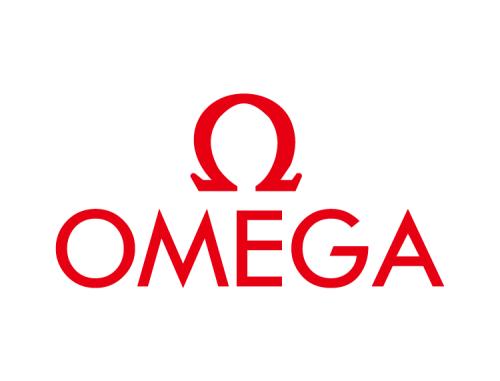For a set $M$ of $m$ elements, we define a decreasing chain of classes of normalized monotone-increasing valuation functions from $2^M$ to $\mathbb{R}_{\geq 0}$, parameterized by an integer $q \in [2,m]$. For a given $q$, we refer to the class as $q$-partitioning. A valuation function is subadditive if and only if it is $2$-partitioning, and fractionally subadditive if and only if it is $m$-partitioning. Thus, our chain establishes an interpolation between subadditive and fractionally subadditive valuations. We show that this interpolation is smooth, interpretable , and non-trivial. We interpolate prior results that separate subadditive and fractionally subadditive for all $q \in \{2,\ldots, m\}$. Two highlights are the following:(i) An $\Omega \left(\frac{\log \log q}{\log \log m}\right)$-competitive posted price mechanism for $q$-partitioning valuations. Note that this matches asymptotically the state-of-the-art for both subadditive ($q=2$) [DKL20], and fractionally subadditive ($q=m$) [FGL15]. (ii)Two upper-tail concentration inequalities on $1$-Lipschitz, $q$-partitioning valuations over independent items. One extends the state-of-the-art for $q=m$ to $q<m$, the other improves the state-of-the-art for $q=2$ for $q > 2$. Our concentration inequalities imply several corollaries that interpolate between subadditive and fractionally subadditive, for example: $\mathbb{E}[v(S)]\le (1 + 1/\log q)\text{Median}[v(S)] + O(\log q)$. To prove this, we develop a new isoperimetric inequality using Talagrand's method of control by $q$ points, which may be of independent interest. We also discuss other probabilistic inequalities and game-theoretic applications of $q$-partitioning valuations, and connections to subadditive MPH-$k$ valuations [EFNTW19].
翻译:对于一个包含$m$个元素的集合$M$,我们定义一个从$2^M$到$\mathbb{R}_{\geq 0}$的标准化单调递增估价函数的下降链,该链由一个整数$q \in [2,m]$参数化。 对于给定的$q$,我们将该类称为$q$-分割。当且仅当估价函数是$2$-分割时,它是次可加的;当且仅当估价函数是$m$-分割时,它是分数次可加的。因此,我们的链在次可加和分数次可加之间建立了插值。我们展示了这个插值的平滑性、可解释性和非平凡性。我们插值了之前将次可加和分数次可加分离的结果,对于所有$q \in \{2,\ldots, m\}$。 两个亮点是:(i) 对于$q$-分割的定价,我们提出了一个$\Omega \left(\frac{\log \log q}{\log \log m}\right)$的竞争机制。请注意,这与次可加($q=2$) [DKL20]和分数次可加($q=m$)[FGL15]的最新研究的渐近匹配。(ii) 对于独立项上的$L=1$,$q$-分割估价定义了两个上尾部集中不等式。一个将$q=m$的最新研究扩展到$q<m$,另一个改进了$q>2$时$q=2$的最新研究。我们的集中不等式意味着几个推论,这些推论在次可加和分数次可加之间插值,例如:$\mathbb{E}[v(S)]\le (1 + 1/\log q)\text{Median}[v(S)] + O(\log q)$。为证明这一结果,我们使用Talagrand的控制方法,使用$q$点推导出了一个新的等周不等式,这可能是独立感兴趣的。我们还讨论了$q$-分割估价的其他概率不等式和博弈论应用,以及与次可加MPH-$k$估价 [EFNTW19]的联系。


